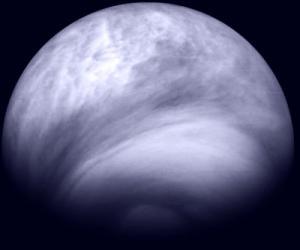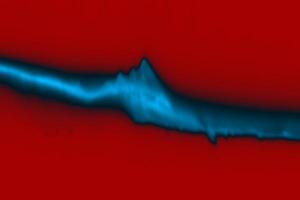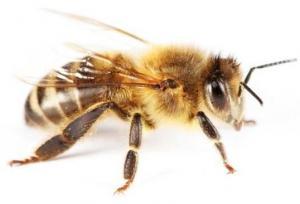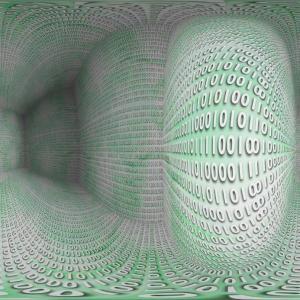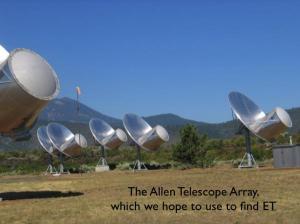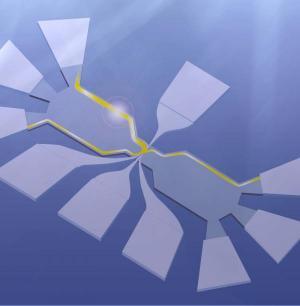The findings were published in this week's edition of the journal Nature by a group of scientists that includes investigators from Washington University in St. Louis, Penn State University and the University of Newcastle in Great Britain. The National Science Foundation (NSF) funded the U.S. researchers.
Seismologists use the magnitude scale to describe the seismic energy released by an earthquake. An earthquake measured at between 7.0 and 7.9 on the scale is considered "major," and can cause serious damage over large areas in populated regions of the world. Not including the events described in the new findings, there are an estimated 20 such quakes worldwide each year.
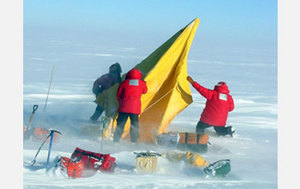
|
| ©NSF |
| Setting up a field camp in Antarctica. |
